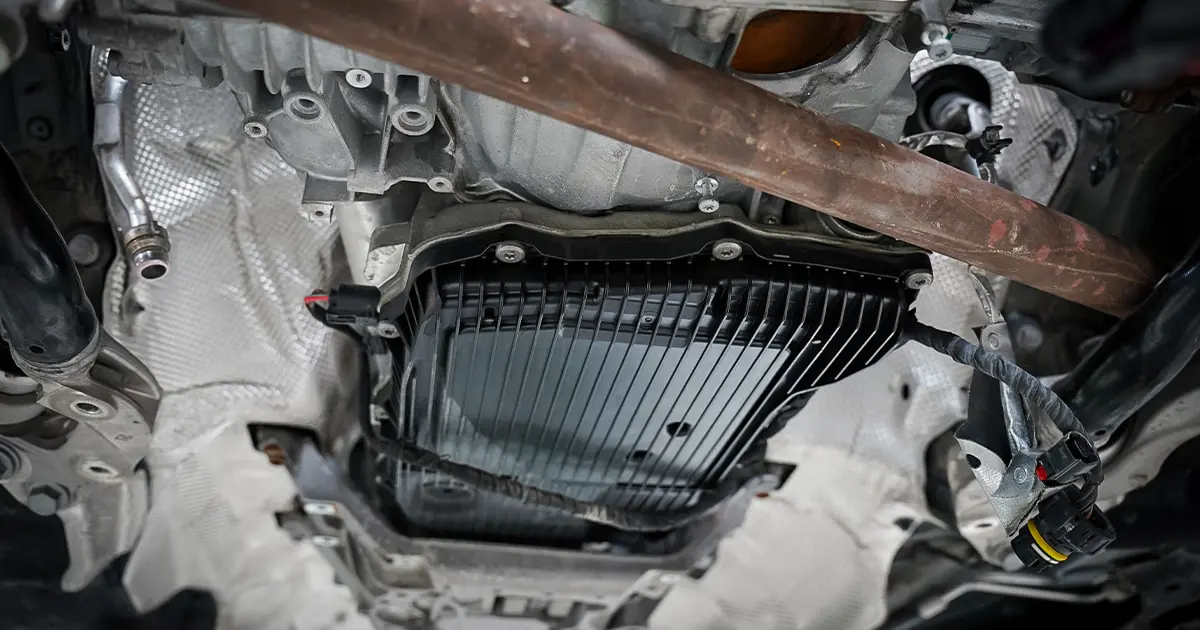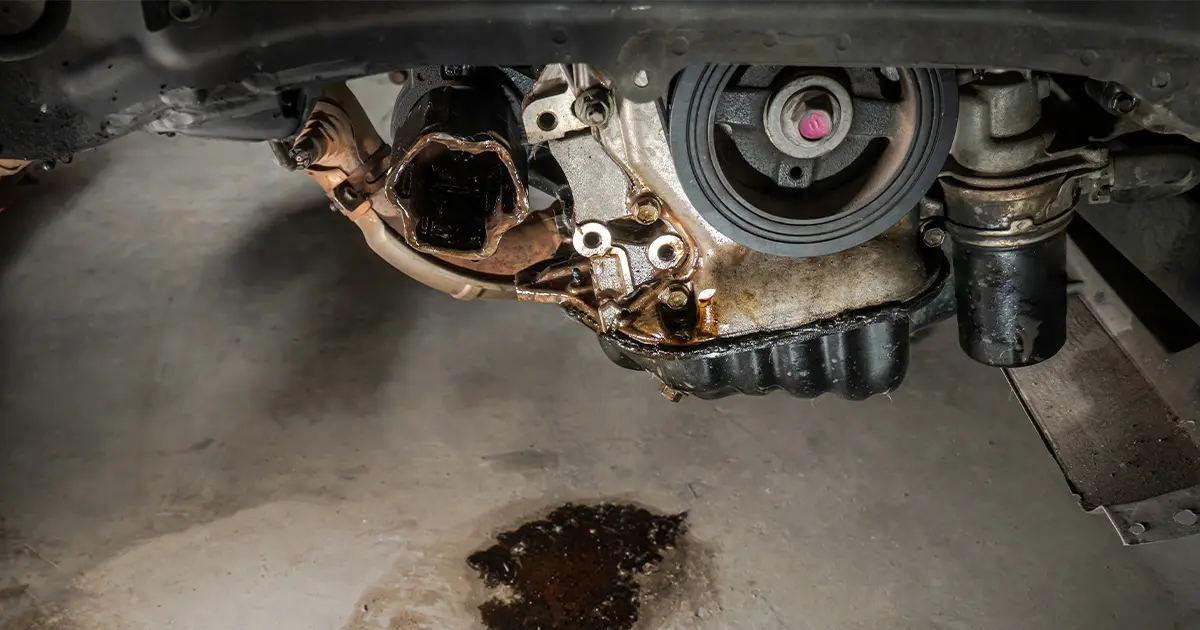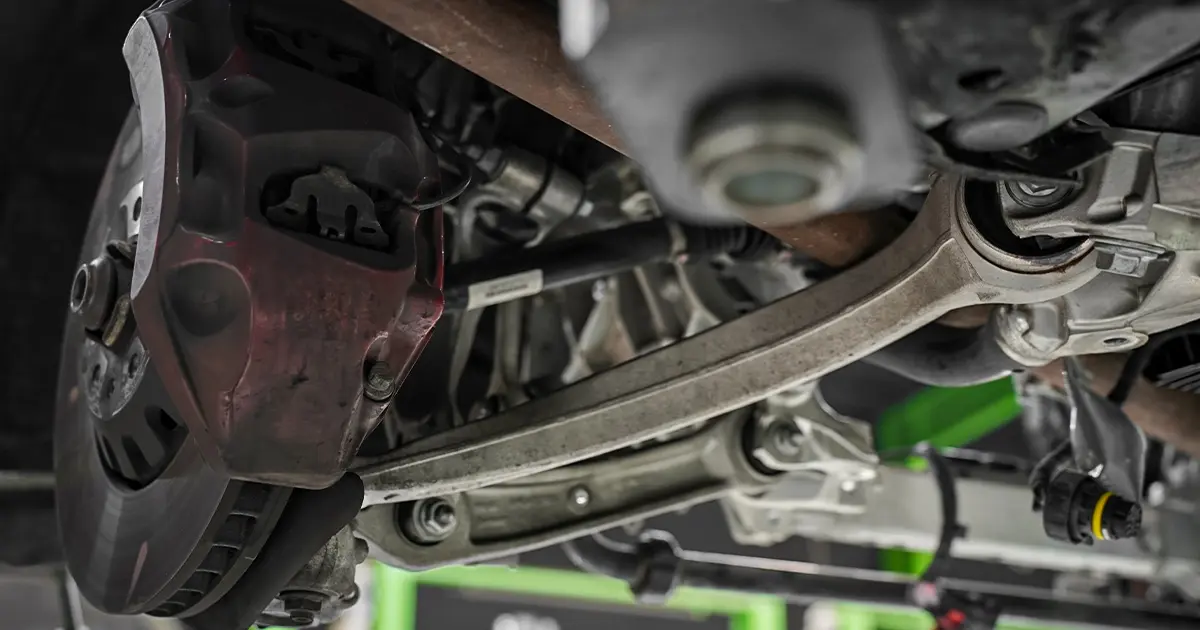
Common Causes of Car Coolant Leaks

If you’ve noticed a puddle of bright green or orange liquid under your car, it’s likely a coolant leak. A car coolant leak can lead to serious engine damage if not fixed promptly. Coolant plays an essential role in keeping your engine cool and running smoothly. If the coolant leaks, the engine may overheat, causing further issues.
Common causes of car coolant leaks include damaged or cracked radiators, worn-out hoses, a faulty water pump, a broken head gasket, leaking heater cores, a loose or damaged radiator cap, and a corroded coolant reservoir. Understanding these causes will help you identify and solve the problem quickly.
Common Causes of Car Coolant Leaks
You can’t drive a car without coolant. There are several reasons your car’s coolant may be leaking.
1. Damaged or Cracked Radiator
The radiator cools the coolant as it circulates through the engine. Over time, however, road debris, rust, or age can damage the radiator. A cracked radiator can leak coolant, leading to engine overheating.
How to Identify:
- Look for coolant puddles under the front of your car.
- A decrease in coolant levels over time.
2. Leaking or Worn Hoses
Your car has several hoses that carry coolant between different engine parts. These hoses can wear out, crack, or become loose, causing leaks. Hoses can be damaged by age, heat, or even poor maintenance.
How to Identify:
- Inspect the hoses for cracks or swelling.
- A sweet smell or visible coolant around the engine area.
3. Faulty Water Pump
The water pump is responsible for circulating coolant through the engine and radiator. If the pump begins to fail, it can leak coolant. This issue is more common in older cars or those with high mileage.
How to Identify:
- A whining or grinding noise is coming from the engine.
- A decrease in coolant levels without visible leaks.
4. Broken or Blown Head Gasket
The head gasket is a crucial seal between the engine block and the cylinder head. If this gasket fails, it can cause coolant to leak into the engine or exhaust system. This is a serious issue and can lead to engine damage if not fixed. You need car engine repair.
How to Identify:
- Overheating engine.
- White smoke coming from the exhaust.
- Milky oil or coolant that looks like it’s mixed with oil.
5. Leaking Heater Core
The heater core is a small radiator located inside the cabin of the car. It helps to provide heat for the interior of your vehicle. If the heater core starts leaking, coolant may enter the car’s cabin, causing fogged-up windows and a sweet odor inside the vehicle.
How to Identify:
- A sweet smell inside the car.
- Foggy windows or wet carpet near the passenger side.
6. Loose or Damaged Radiator Cap
The radiator cap helps maintain pressure in the cooling system. If the cap is loose or damaged, it can lead to coolant leakage. This problem is often overlooked, but it can be an easy fix.
How to Identify:
- Coolant overflow near the radiator cap.
- Leaks under the car, especially after turning off the engine.
7. Corroded or Rusted Coolant Reservoir
The coolant reservoir is a plastic tank that holds extra coolant. Over time, the tank can corrode or rust, leading to leaks. If you notice that your coolant reservoir is cracked or damaged, it may need to be replaced.
How to Identify:
- Visible cracks or rust on the reservoir.
- Coolant puddles near the reservoir.
8. Faulty Thermostat
The thermostat controls the flow of coolant through the engine. If the thermostat fails or becomes stuck, it can cause the engine to overheat, potentially leading to coolant leaks.
How to Identify:
- Engine overheating.
- A rise in the temperature gauge on the dashboard.
How to Prevent Coolant Leaks?
While some coolant leaks are unavoidable due to wear and tear, regular maintenance can help prevent many of these issues. Here are a few tips to keep your car’s cooling system in good condition:
- Check Coolant Levels Regularly: Make it a habit to check your coolant levels every few months.
- Inspect Hoses and Belts: Look for signs of wear, cracks, or leaks on hoses and belts.
- Replace Parts on Time: If your car is old, consider replacing parts like the radiator cap or thermostat before they cause problems.
- Flush the Cooling System: Over time, coolant can become contaminated. Flushing the system every 2-3 years can help keep the system running smoothly.
Conclusion
In conclusion, the common causes of car coolant leaks include issues with the radiator, hoses, water pump, head gasket, heater core, and other vital components. Regular maintenance and early detection are key to preventing coolant leaks from causing serious engine damage. If you notice any signs of coolant leaks, such as puddles of coolant under the car or engine overheating, it’s important to get your vehicle checked by a professional.
Don’t wait until the problem gets worse. Get your car coolant services from Exotic Auto Services today to ensure your vehicle stays in top condition and avoid costly repairs down the road.
Our Services
























